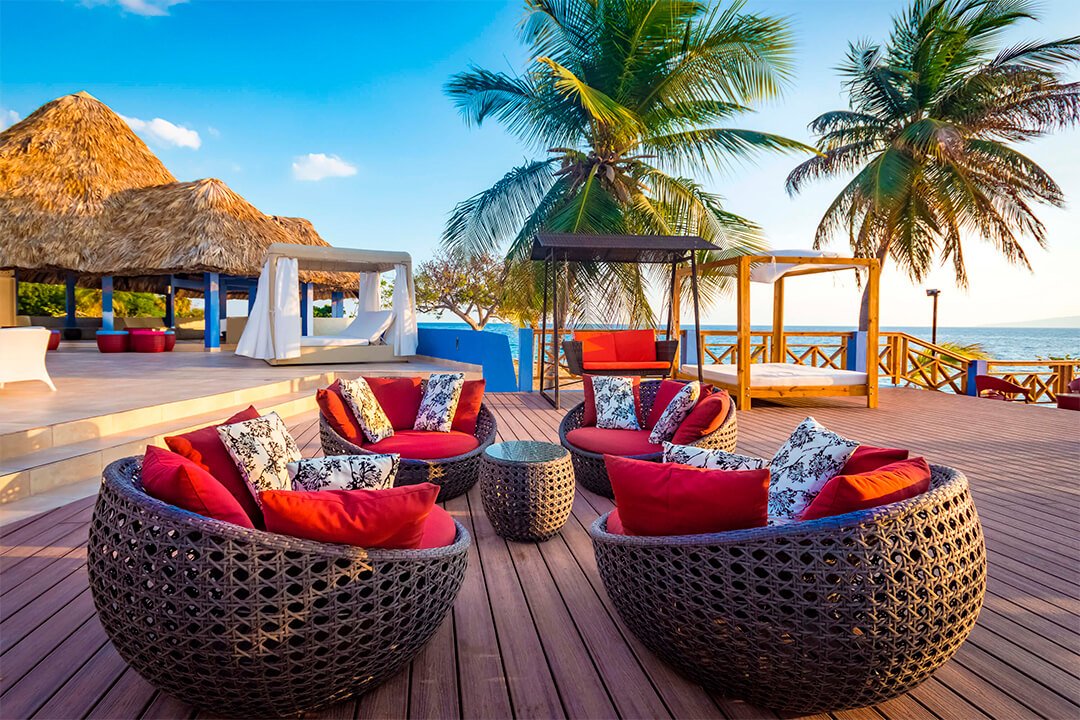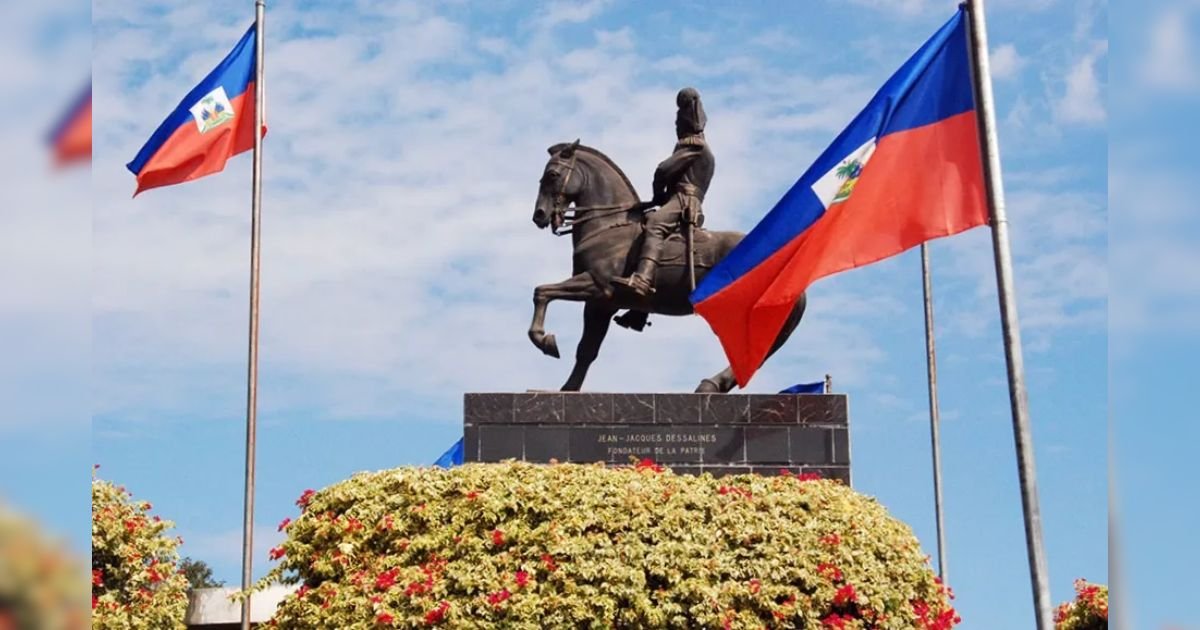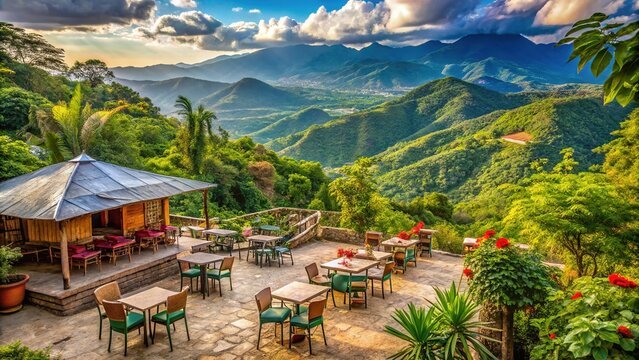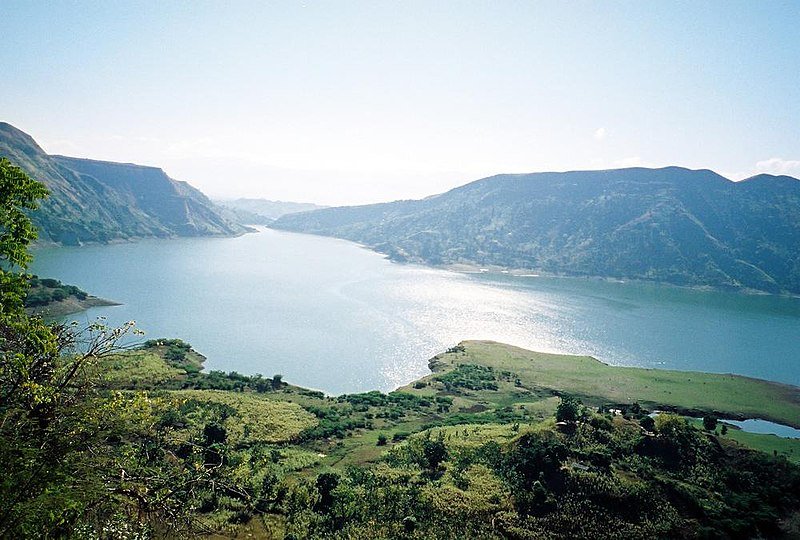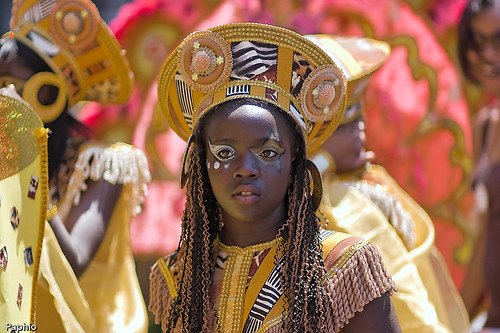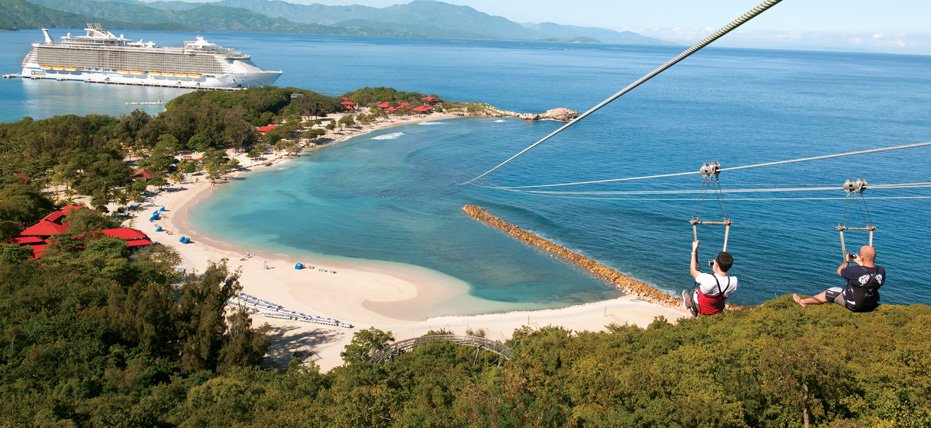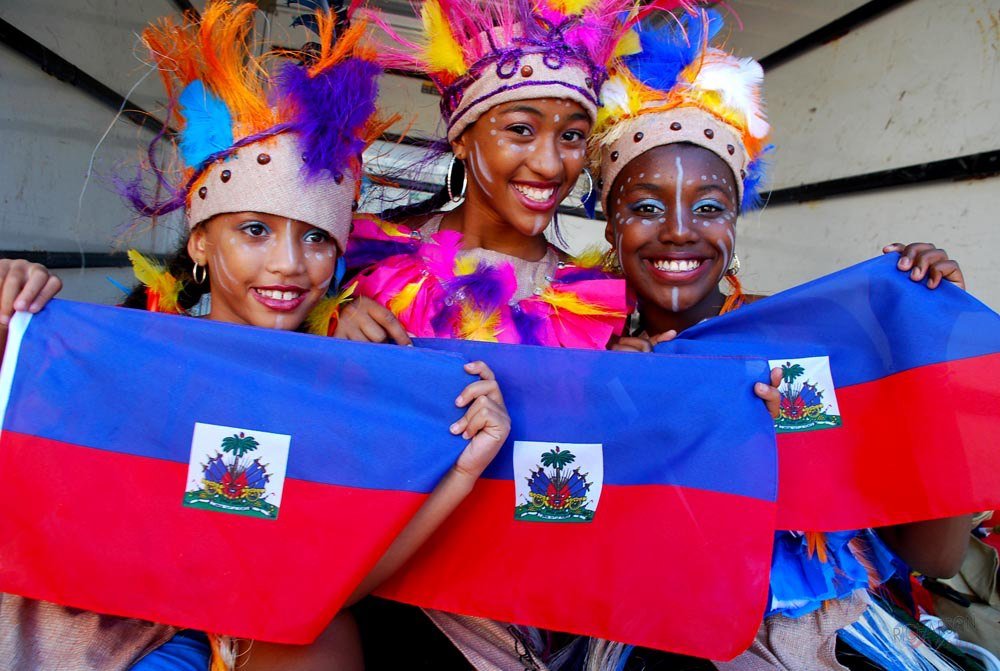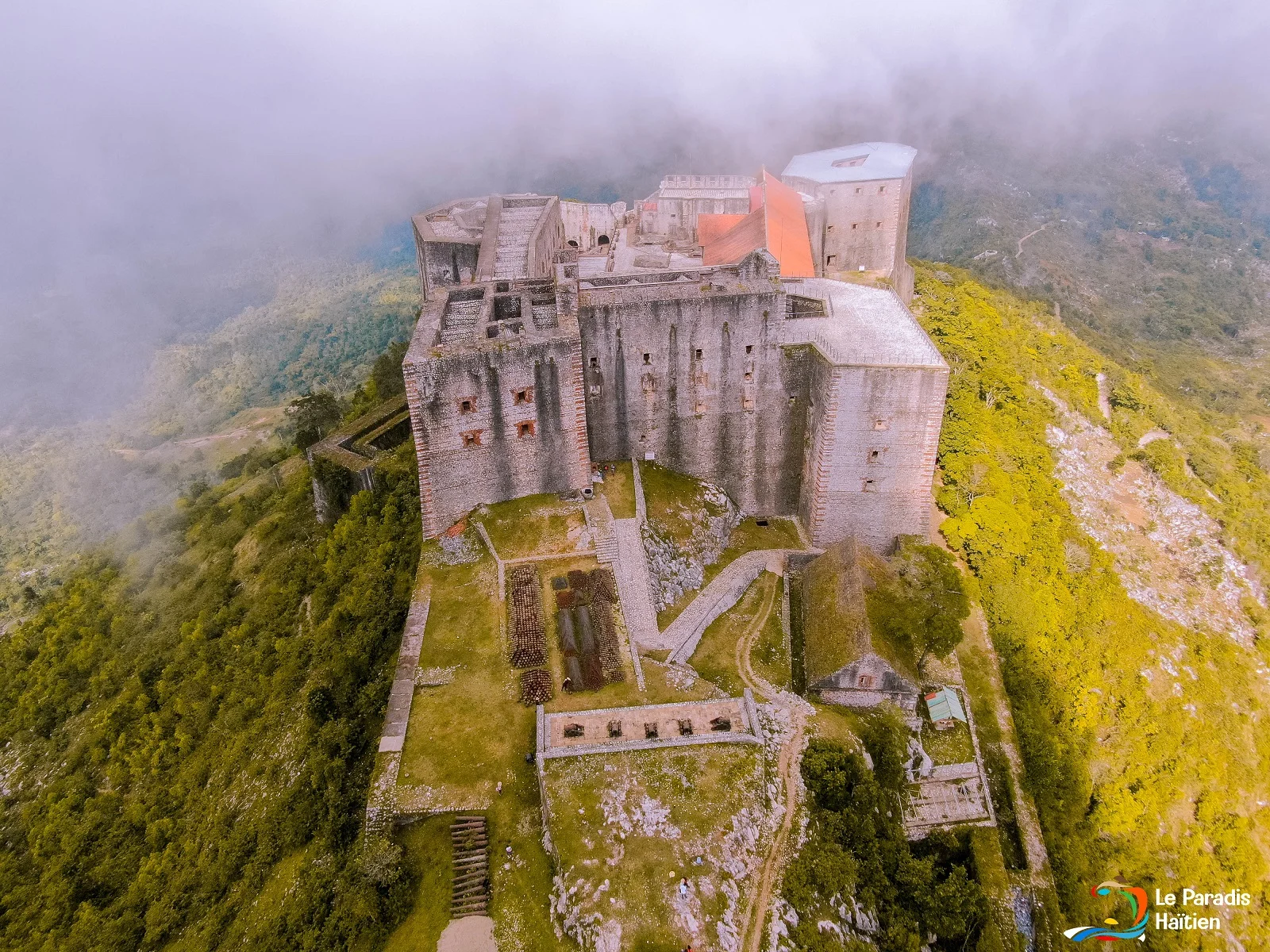Constitution of the Republic of Haiti: 1987 Amended in 2011 (First part)
The Haitian People proclaim this Constitution:
To guarantee their inalienable and imprescriptible rights to life, liberty and the pursuit of happiness; in accordance with their Act of Independence of 1804 and the Universal Declaration of Human Rights of 1948.
To constitute a Haitian nation that is socially just, economically free and politically independent.
To re-establish a stable and strong State, capable of protecting values, traditions, sovereignty, independence and national vision.
To implement democracy that implies ideological pluralism and political alternation and affirm the inviolable rights of the Haitian People.
To strengthen national unity, by eliminating all discrimination between urban and rural populations, by accepting the community of languages and culture and by recognizing the right to progress, information, education, health, work and leisure for all citizens.
To ensure the separation and harmonious distribution of State Powers in the service of the fundamental and priority interests of the Nation.
To establish a governmental regime based on fundamental freedoms and respect for human rights, social peace, economic equity, consultation and participation of the entire population in major decisions affecting national life, through effective decentralization.







